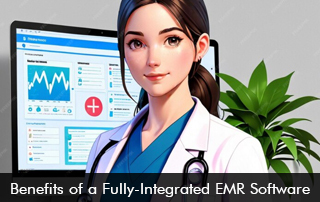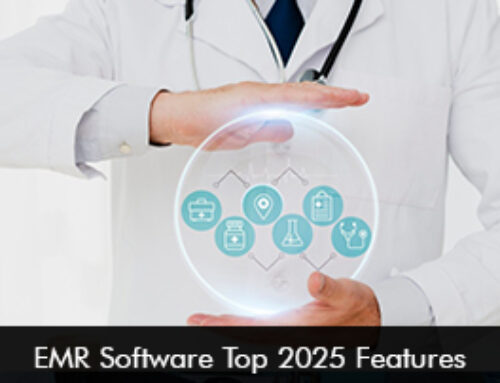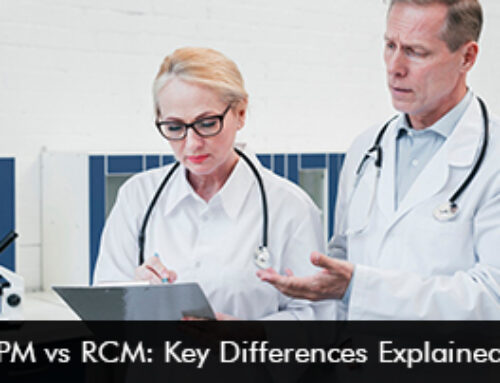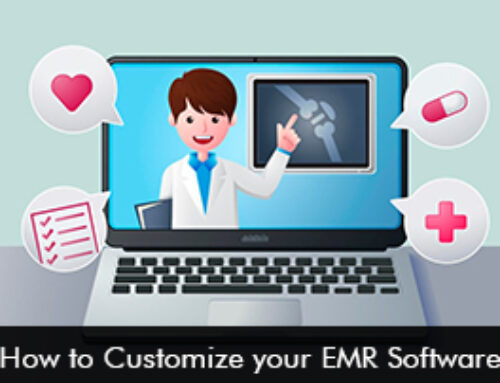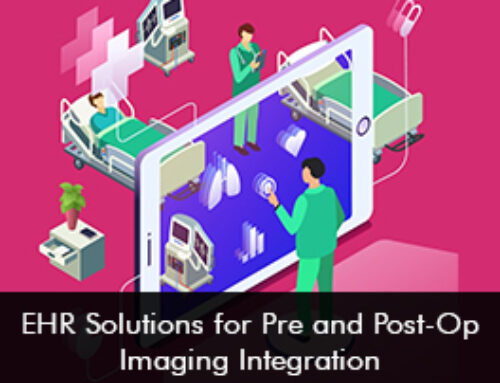Electronic Medical Records (EMR) Software technology has revolutionized patient care in the United States. The robust fully-integrated EHR system can manage all aspects of patient care and facilitates streamlined daily clinical, financial, and administrative workflows. About 88.2% of office physicians have implemented EMR Software solutions and 77.8% have a certified electronic health records software system.
Key Features of a Fully Integrated EHR Software
- Patient Management – This offers patient registration, appointment scheduling, and portal platform functionalities, making patient interactions seamless and meaningful.
- Clinical Documentation – Clinical documentation tools in the EMR Software empower providers to document patient encounters and progress notes.
- Practice Management – Practice Management features include RCM, billing, invoicing, reporting and analytics.
- Interoperability options – Connects the EHR Software with other systems such as RIS and LIS. Strong interoperability supports seamless and secure sharing of patient data supporting care coordination.
- CDS – Clinical decision support offers evidence-based guidelines to support informed decision-making.
- Telemedicine Integration – Telemedicine software integration improves care access by providing virtual consultations to patients.
Advantages of a Fully Integrated EMR Software System
Numerous advantages are available to patients, healthcare providers, and the system as a whole with a fully integrated EHR software system. Here are the main benefits that can be reaped:
Improved Patient Care
Patient data is centralized in the Electronic Medical Records Software through comprehensive patient records. This makes it simple for medical professionals to access to improve diagnostic and treatment plans. Moreover, real-time alerts and reminders are provided via Clinical Decision Support technologies. By giving clinicians more information to work with, these warnings lower the possibility of mistakes.
Efficient Daily Operations
With integrated EMR Software systems data storage is standardized giving more time to providers to focus on direct patient care. The administrative burden is reduced as routine processes like data entry, patient scheduling are automated and streamlined.
Better Patient Engagement
To keep patients satisfied throughout their healthcare journey they need to feel engaged. Fully integrated EHR Software Systems have patient engagement solutions of a patient portal and telehealth. Patients can now log in to the patient portal and view lab results, update information, schedule appointments, pay bills, and even communicate with their care teams. Patients feel empowered and telemedicine software sessions provide better convenience and accessibility to patients.
Meets Regulatory Compliance
An EMR software that is completely integrated can meet standards compliance. By guaranteeing adherence to healthcare rules like HIPAA, helps steer clear of legal problems and possible fines. Additionally, keeps thorough records of all patient data alterations and access, ensuring accountability and transparency.
Fully-Integrated EHR Software Vendors in the USA
Several companies in the United States provide fully integrated EMR software, with each offering a variety of capabilities to satisfy the demands of different healthcare institutions. Here are some noteworthy examples:
A fully integrated Electronic Health Records Software System is a vital tool for modern healthcare delivery and enhances patient care to boost health outcomes.


